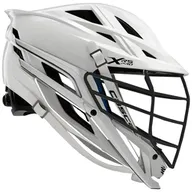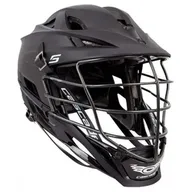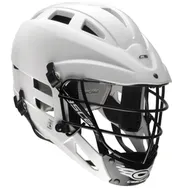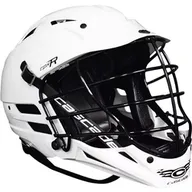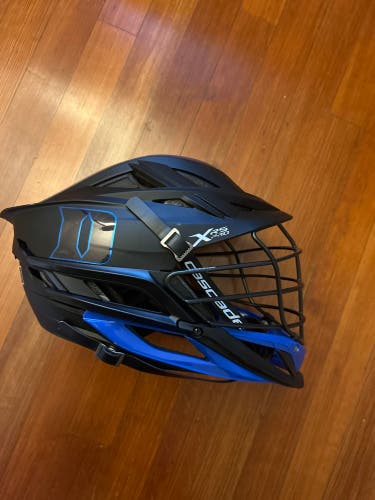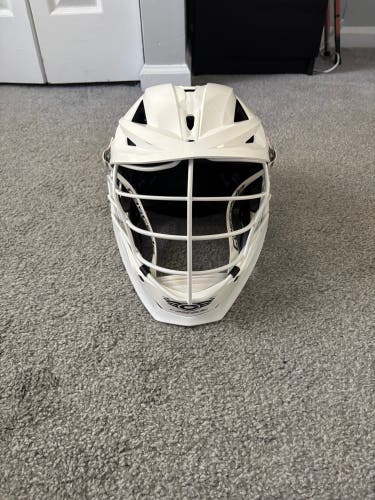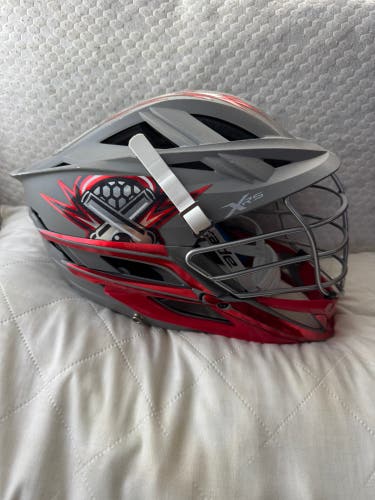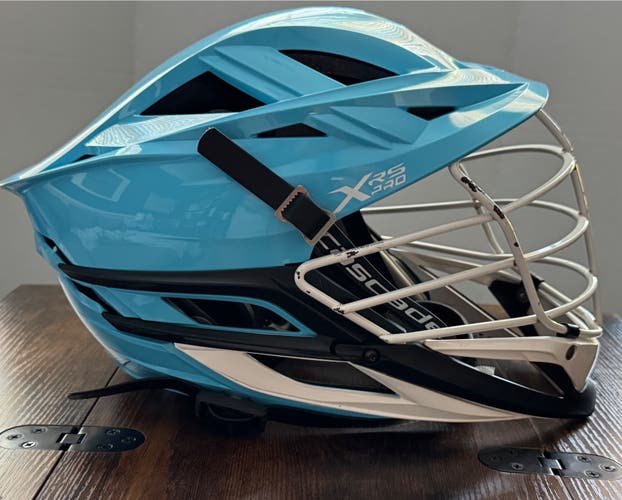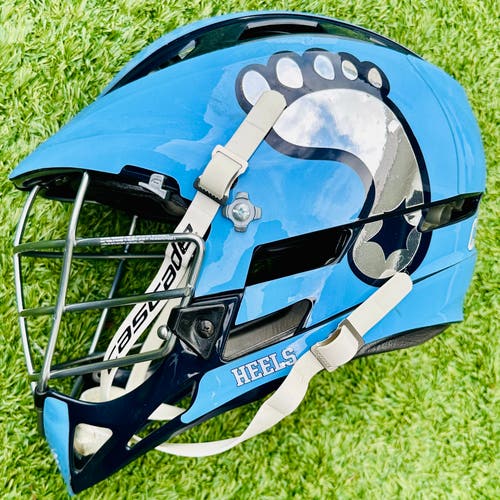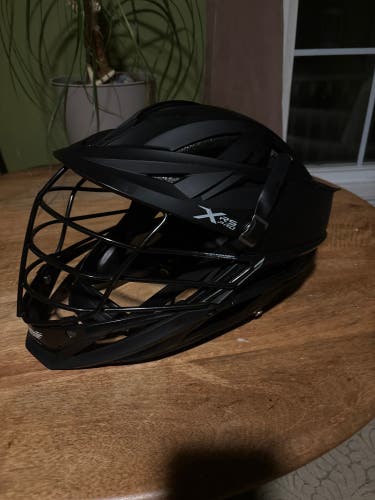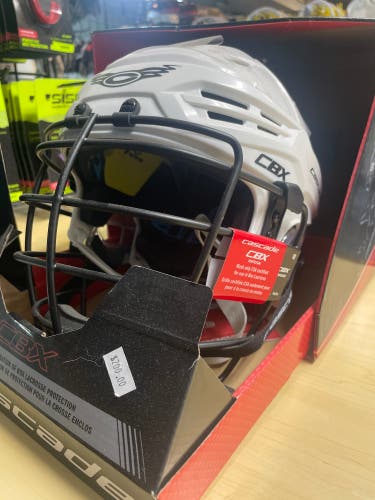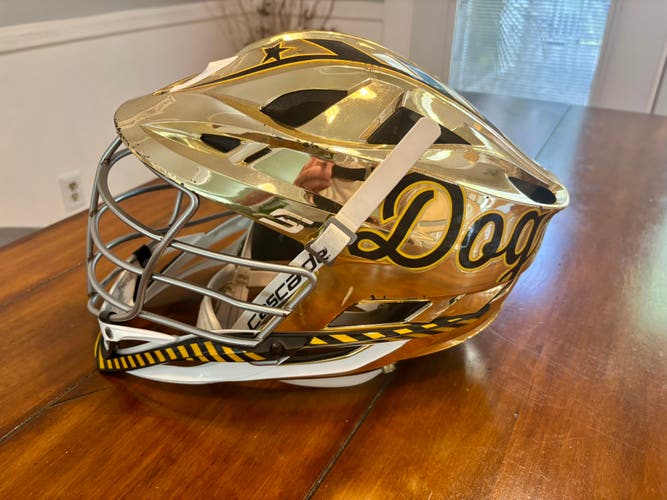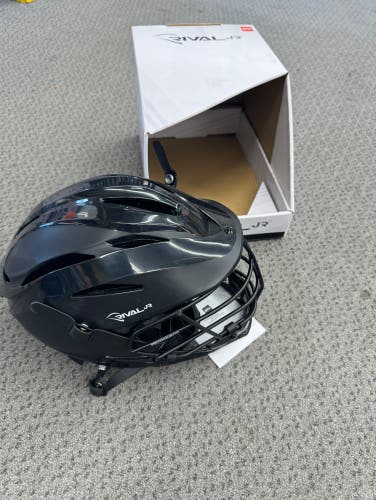In high school boys' lacrosse, the "helmet rule" addresses situations where a player's helmet comes off during play. According to Rule 4-24-11, officials must immediately stop the game if a player's helmet comes off during live play. The player must leave the field and may not return until after the next dead ball following the resumption of play.
Additionally, Rule 1-9-1a mandates that helmets be worn with the chin strap securely fastened under the chin and attached at all manufactured attachment points. The helmet should not be removable without detaching the chin strap, ensuring proper fit and safety.

